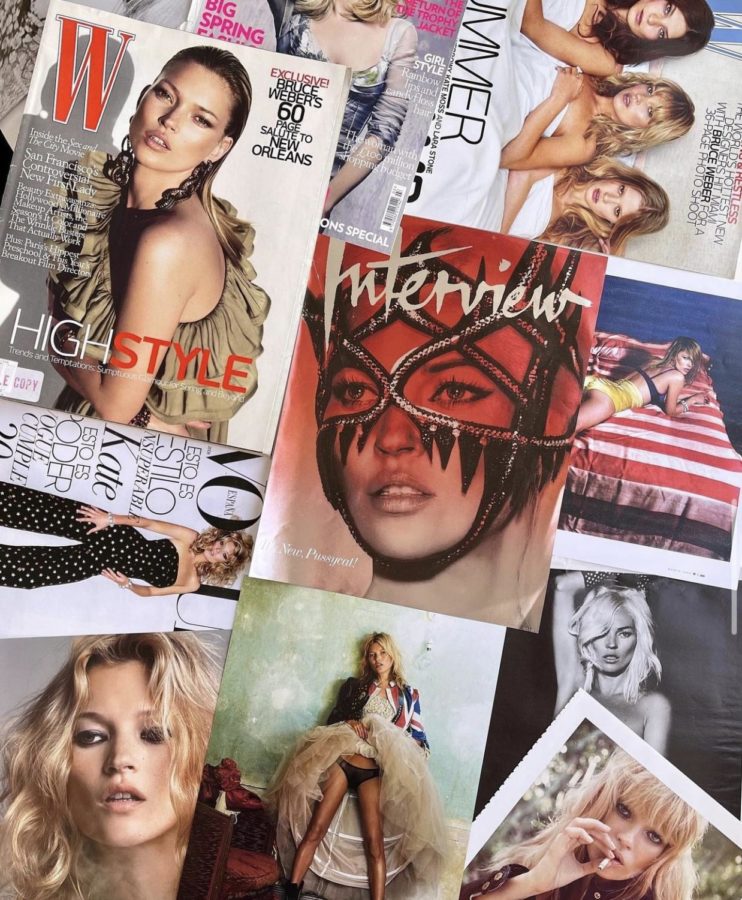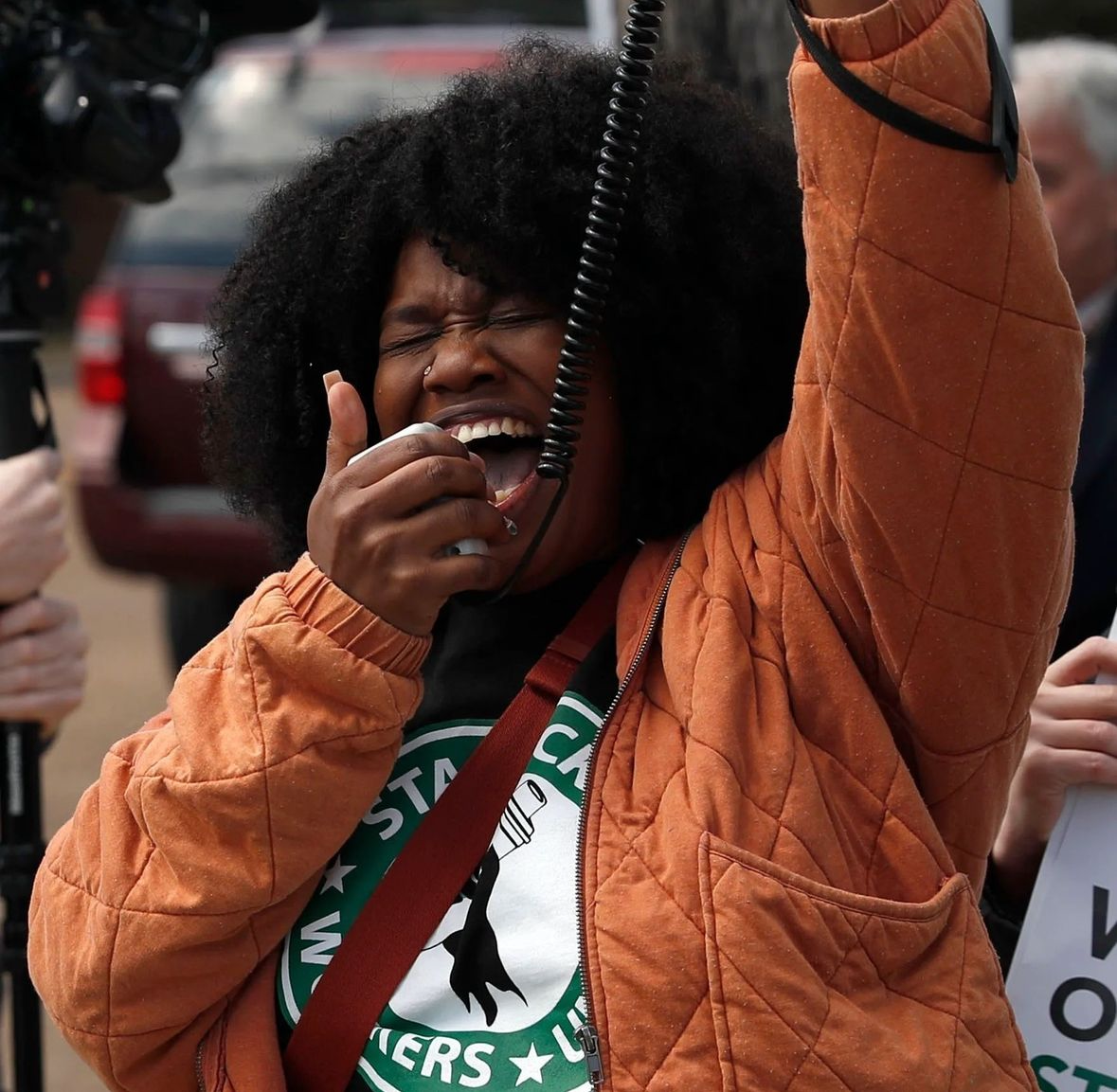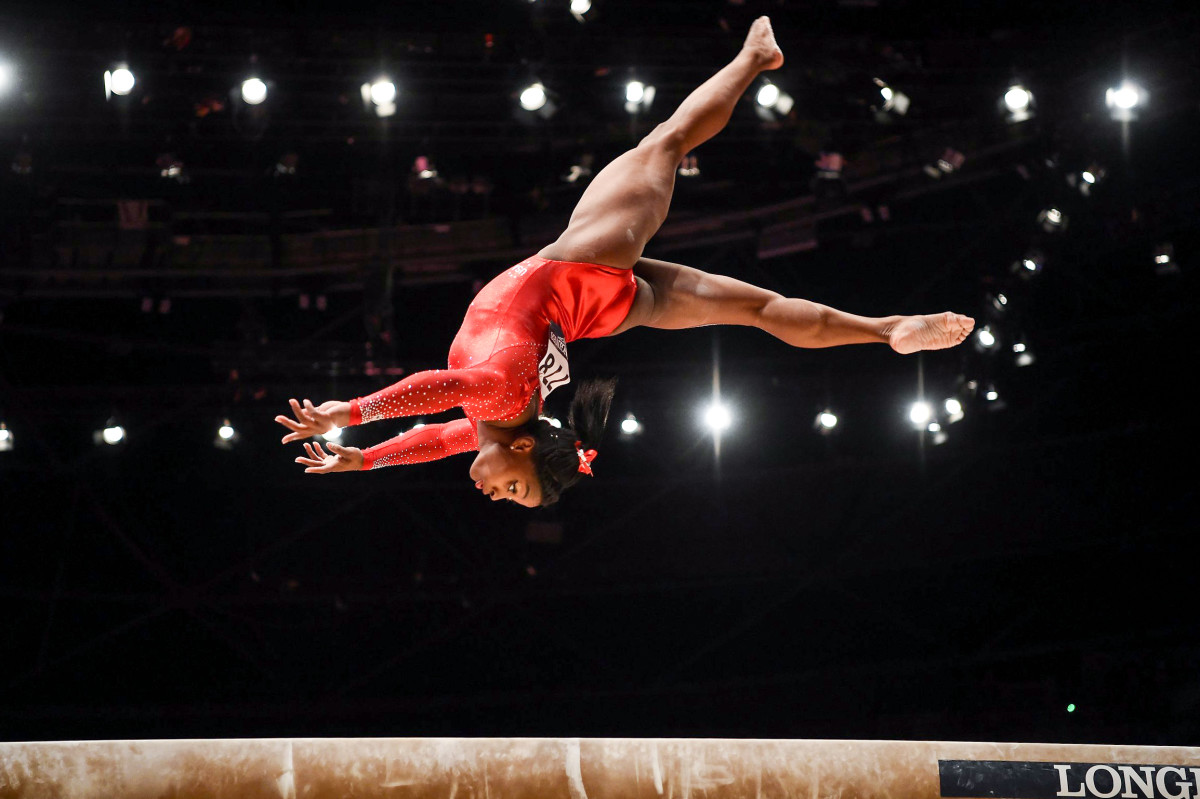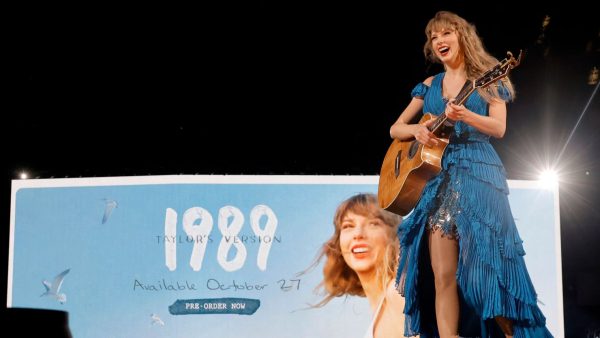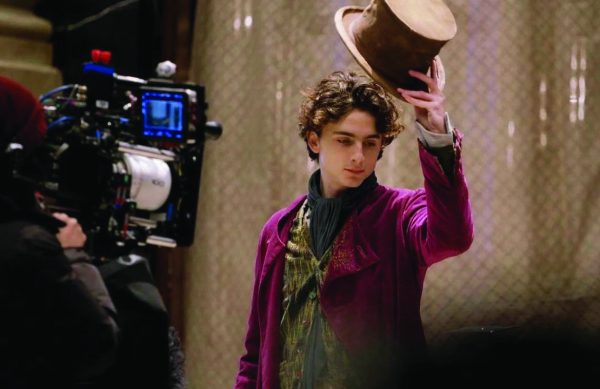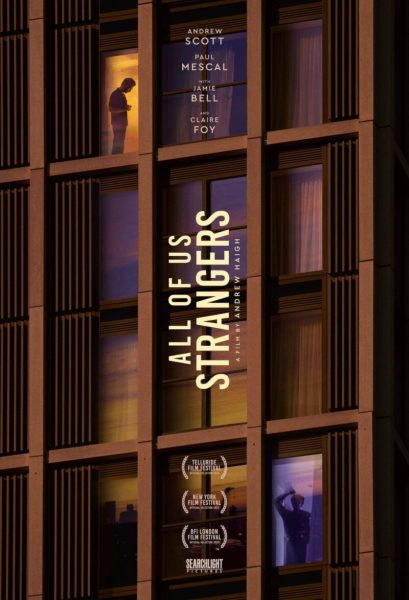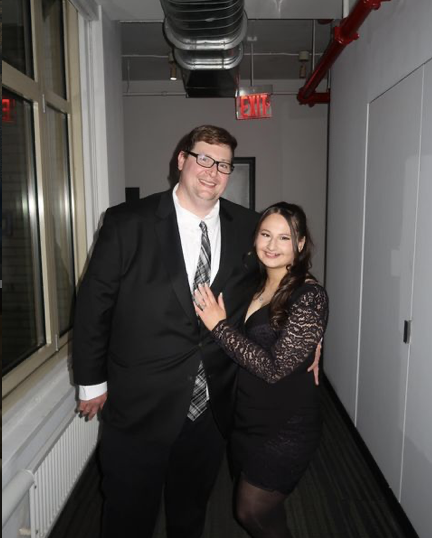The unwelcomed resurgence of 90s fashion
Photo by Courtesy of @katemossagency on Instagram
Model Kate Moss in a set of assorted magazines.
February 8, 2023
Androgyny, dark eyeliner, cool tones, and grunge street style characterized the fashion scene in the 90s and extended to mainstream culture. Designers like Vivienne Westwood, Jean Paul Gaultier, and Thierry Mugler popularized this streamlined punk style that countered the shoulder pads and vibrant colors of the 80s.
With these changing trends came an entirely new set of beauty standards and perceptions of high fashion. Not only were certain fashions trending, but so were certain bodies to accompany them. The beautifully disheveled, pale, emaciated waif with dark circles and stringy hair was in – traits that were coined “heroin chic” due to them being associated with the effects of cocaine and heroin use. Looking lifeless was en vogue, and the general public was influenced. It’s no surprise these trends were highly problematic considering how they glamorized drug abuse, unhealthy habits, and unattainable beauty standards, so when they began to go out of style, it brought relief to many.
Recently, there’s been a renaissance of the 90s— partly due to the natural fashion and trend cycle that has always existed. Social media and Gen Z’s popularization of vintage clothes and thrifting have contributed in bringing the era back in full swing. Low-rise jeans and ultra mini skirts are taking over runways, becoming fashion staples for influencers and models who have a significant impact on dictating trends.
What has sparked concern, though, is not the revival of the clothes but the reinforcement of diet culture and toxic beauty standards. The past decade has been ruled by the “BBL” body, popularized by Kim Kardashian and other celebrities. But with the revived emphasis on thinness, BBLs are less marketed, and healthy, curvy body types are now out of “trend.” Kim Kardashian losing over 16 lbs in a matter of weeks in order to fit into Marilyn Monroe’s iconic birthday dress, a controversial move in itself, was reminiscent of the fad diet trends from 30 years ago. In 2022, Kate Moss did a campaign for Diet Coke, and although some called it iconic and right on brand for her, others found Kate Moss being the face of any product associated with “diet” alarming.
The return of 90s style isn’t the problem, the resurgence of “heroin chic” is. It’s disappointing that even as far as society has come in terms of body acceptance – though not nearly far enough and often performatively – high fashion is still limited to very specific bodies. Clothes should be able to exist without uprooting society with them.

